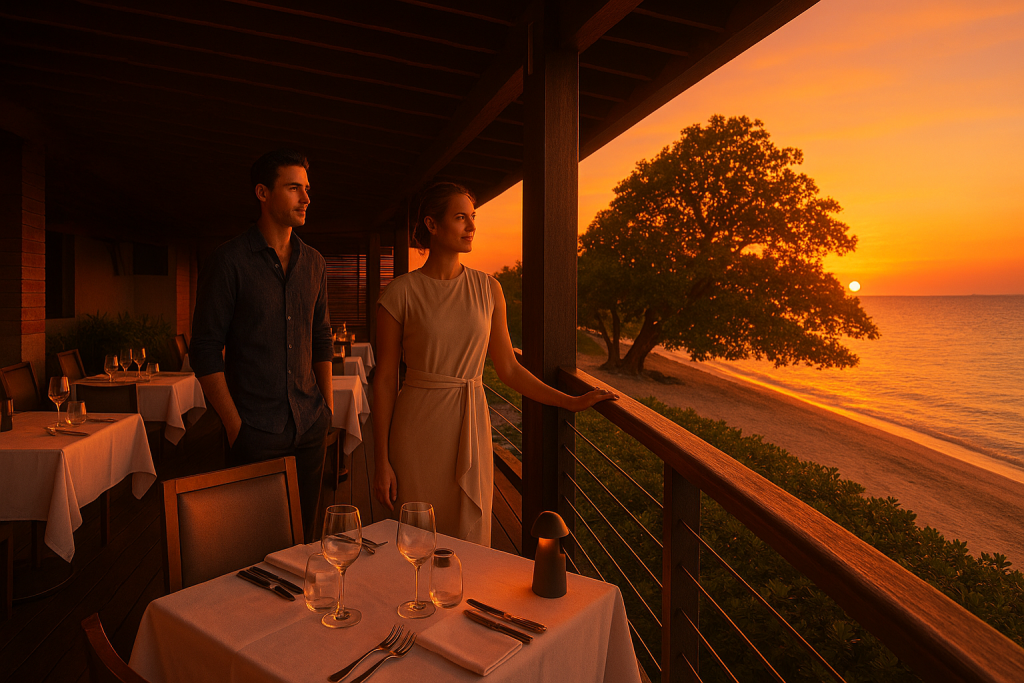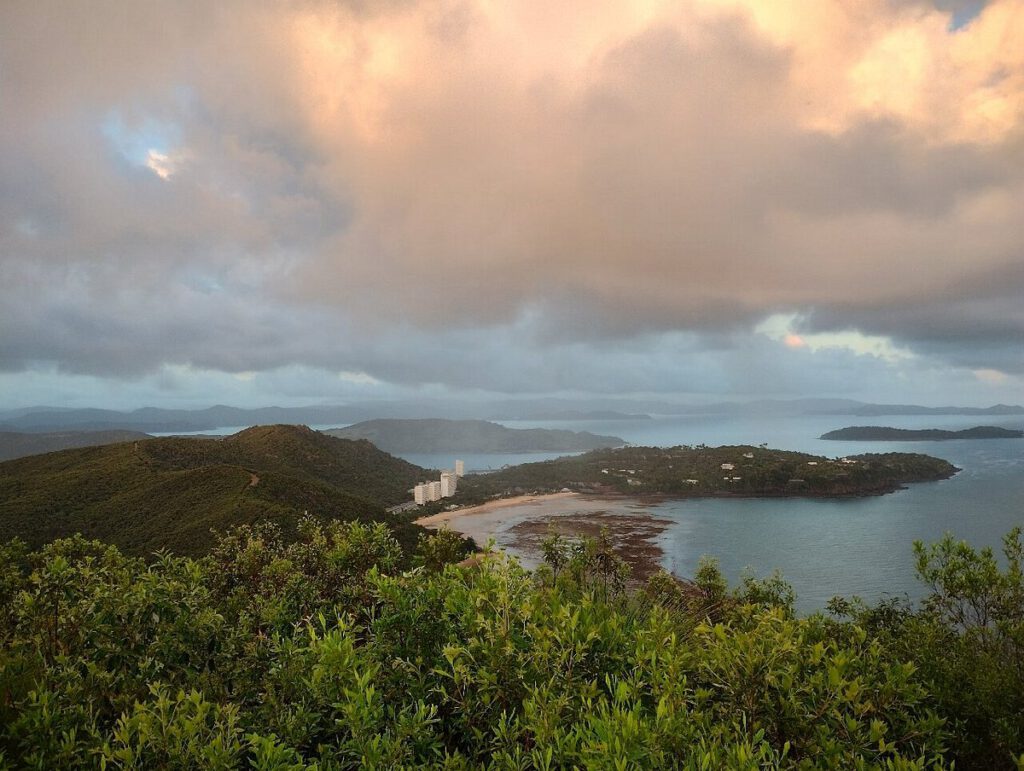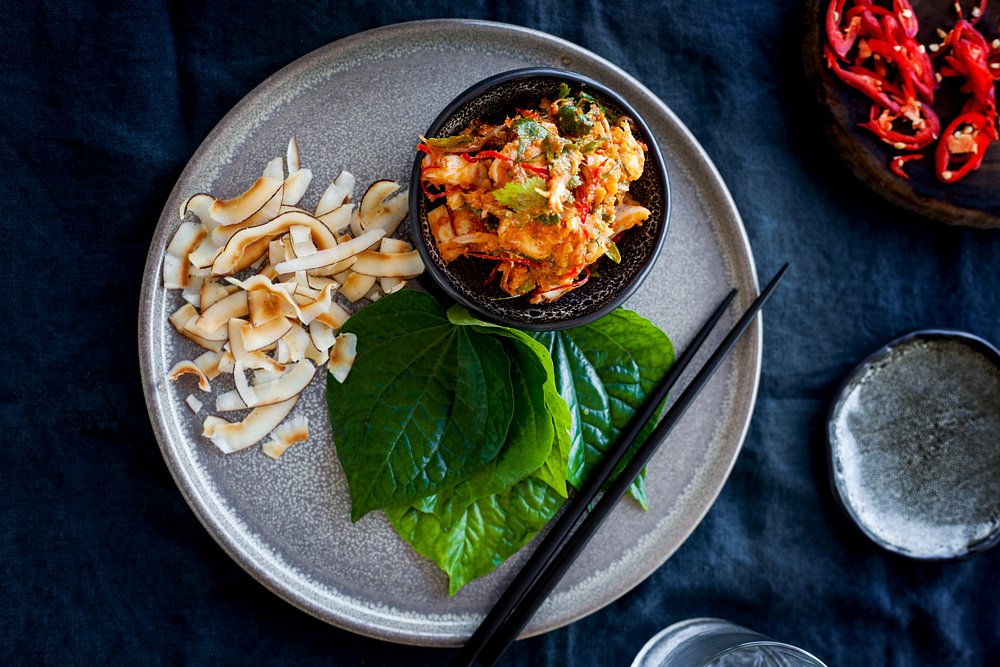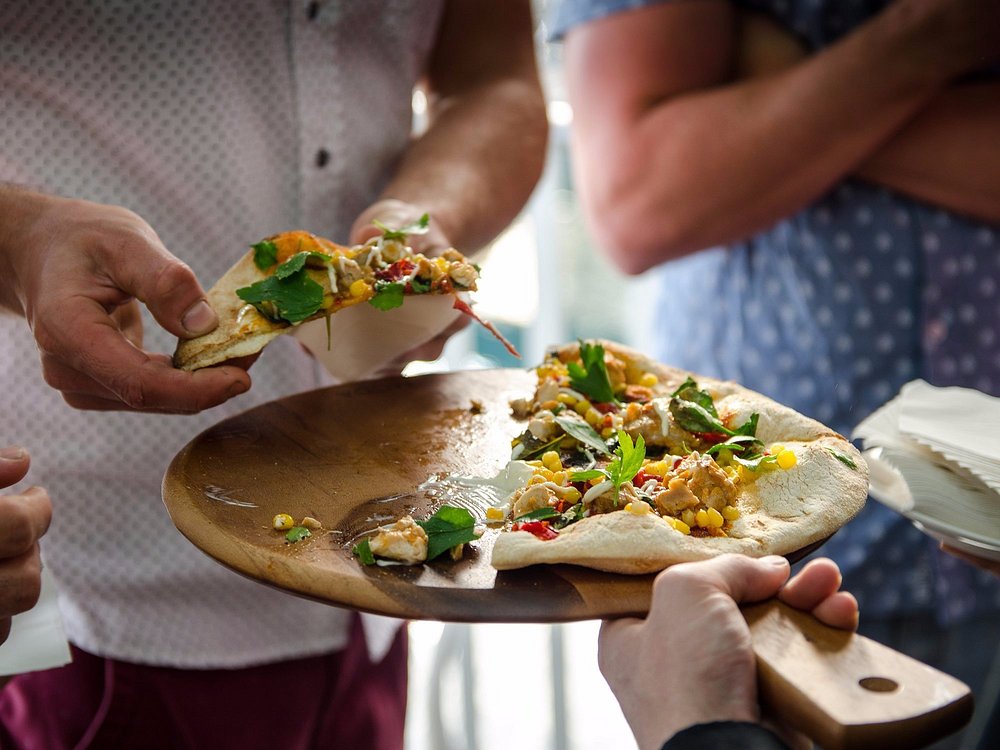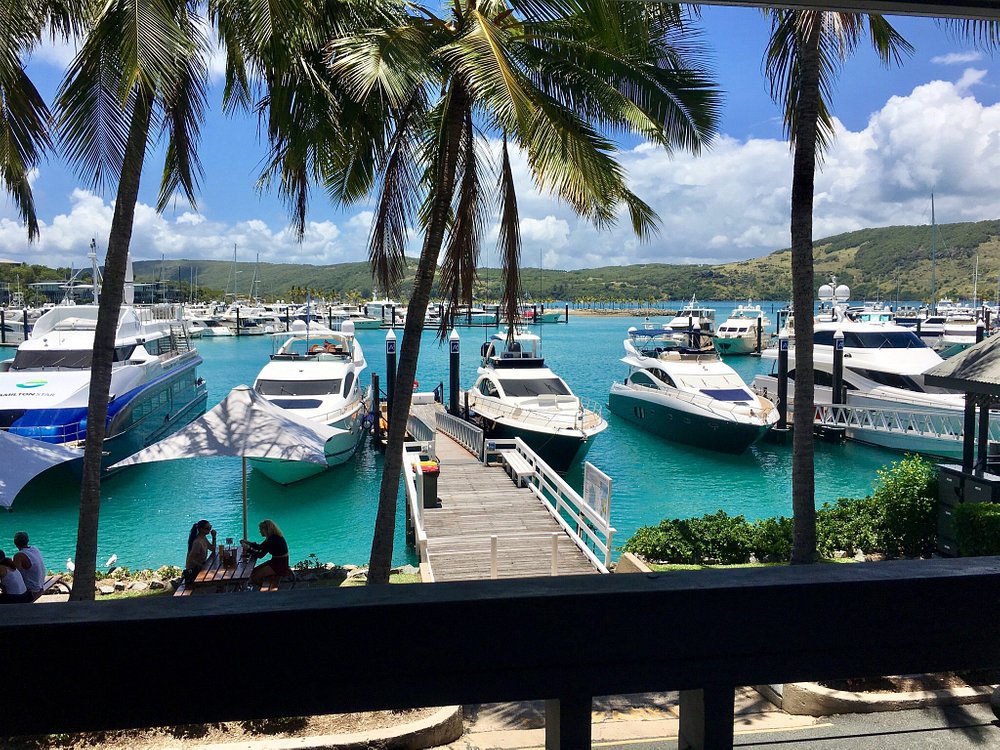When planning a trip to the Whitsundays, it’s important to consider the time of year you’ll be visiting. The Whitsundays experience a tropical climate, with the wet season occurring from December to March and the dry season from April to November. The dry season is generally the best time to visit, as the weather is more predictable and there is less chance of rain. It’s also important to consider how you will be getting to the Whitsundays. The most common way to reach the Whitsundays is by flying into the nearby town of Proserpine and then taking a ferry or boat to the islands. Alternatively, you can also fly directly into Hamilton Island, which has its own airport. Once you’ve arrived in the Whitsundays, you’ll need to decide where you’ll be staying. There are a variety of accommodation options available, from luxury resorts to budget-friendly hostels. It’s important to book your accommodation in advance, especially during peak tourist seasons.
When planning your trip to the Whitsundays, it’s also important to consider what activities you’ll want to do while you’re there. The Whitsundays are known for their beautiful beaches, crystal-clear waters, and vibrant marine life, so water-based activities such as snorkeling, diving, and sailing are popular choices. There are also plenty of opportunities for hiking, wildlife spotting, and exploring the islands’ natural beauty. It’s a good idea to research and book any tours or activities in advance to ensure availability and to make the most of your time in the Whitsundays.
Choosing the Right Sailing Experience
One of the most popular ways to experience the Whitsundays is by sailing. There are a variety of sailing experiences available, from day trips to multi-day charters. When choosing the right sailing experience for you, it’s important to consider your budget, the size of your group, and how much time you have to spend in the Whitsundays. Day trips are a great option for those who are short on time or who prefer not to spend extended periods on a boat. These trips typically include visits to popular spots such as Whitehaven Beach and Hill Inlet, as well as opportunities for snorkeling and swimming. For those who want a more immersive experience, multi-day charters allow you to explore more of the islands and spend nights anchored in secluded bays. There are also options for those who want a more luxurious experience, with crewed charters available that include gourmet meals and personalized service.
When choosing a sailing experience in the Whitsundays, it’s important to consider the type of boat you’ll be on. There are a variety of vessels available, from traditional sailboats to modern catamarans. It’s important to consider factors such as comfort, stability, and speed when choosing a boat, as well as any specific amenities or activities you may be interested in. It’s also important to consider the crew and their level of experience and knowledge of the area. A knowledgeable and friendly crew can greatly enhance your sailing experience by providing insight into the area’s history, wildlife, and best spots to visit.
Navigating the Whitsundays’ Waters
Navigating the waters of the Whitsundays can be an exciting and rewarding experience, but it’s important to be prepared and knowledgeable about the area. The Whitsundays are made up of 74 islands, many of which are uninhabited and surrounded by coral reefs and shallow waters. It’s important to have a good understanding of navigation techniques, as well as knowledge of local tides, currents, and potential hazards such as submerged rocks and coral bommies. It’s also important to be aware of any restricted or protected areas within the marine park, as well as any regulations or guidelines for anchoring and mooring.
When navigating the waters of the Whitsundays, it’s important to have up-to-date charts and navigation equipment, as well as a good understanding of how to use them. GPS navigation systems are commonly used for navigation in the area, but it’s also important to have traditional navigation skills such as reading charts and using visual landmarks. It’s also important to be aware of any potential weather hazards, such as strong winds or storms, and to have a plan in place for seeking shelter if necessary. It’s also important to be respectful of the marine environment and wildlife while navigating the waters, taking care not to damage coral reefs or disturb nesting birds.
Exploring the Whitsundays’ Islands
The Whitsundays are home to 74 stunning islands, each with its own unique features and attractions. When exploring the islands, it’s important to consider what activities you’re interested in and what type of experience you’re looking for. Some of the most popular islands to visit include Hamilton Island, which is known for its luxury resorts and vibrant nightlife, and Daydream Island, which is home to a living reef and offers opportunities for snorkeling and wildlife encounters. For those looking for a more secluded experience, islands such as Hook Island and Border Island offer opportunities for hiking, wildlife spotting, and peaceful anchorages.
When exploring the islands of the Whitsundays, it’s important to be respectful of the natural environment and wildlife. Many of the islands are part of the Great Barrier Reef Marine Park, which is home to a diverse range of marine life including turtles, dolphins, and colorful fish. It’s important to follow guidelines for snorkeling and diving in protected areas, as well as guidelines for wildlife encounters such as keeping a safe distance from nesting birds and turtles. It’s also important to be mindful of any cultural or historical sites on the islands, such as Aboriginal rock art or European settlement ruins, and to treat them with respect.
Enjoying the Whitsundays’ Marine Life
The Whitsundays are home to an incredible array of marine life, making it a popular destination for snorkeling and diving enthusiasts. The Great Barrier Reef Marine Park surrounds many of the islands in the Whitsundays, providing opportunities to encounter colorful coral reefs, tropical fish, sea turtles, and other marine creatures. When enjoying the marine life in the Whitsundays, it’s important to do so responsibly and respectfully. This includes following guidelines for snorkeling and diving in protected areas, such as not touching or disturbing coral reefs or marine life.
One of the most popular spots for snorkeling in the Whitsundays is at Blue Pearl Bay on Hayman Island. This sheltered bay is home to an abundance of marine life including colorful corals, reef fish, and even the occasional reef shark or manta ray. Another popular spot is at Langford Island, where visitors can snorkel among shallow coral gardens teeming with fish before relaxing on the island’s pristine white sand beach. For those interested in diving, there are also opportunities to explore deeper reefs and underwater caves around islands such as Bait Reef and Hardy Reef.
Embracing the Whitsundays’ Natural Beauty
The natural beauty of the Whitsundays is truly breathtaking, with its pristine beaches, lush rainforests, and crystal-clear waters. One of the most iconic natural attractions in the Whitsundays is Whitehaven Beach, known for its pure white silica sand that stretches for 7 kilometers along Whitsunday Island. The swirling patterns created by tidal movements at Hill Inlet also make for stunning photo opportunities. For those interested in exploring rainforests and hiking trails, islands such as South Molle Island and Lindeman Island offer opportunities for bushwalking and wildlife spotting.
In addition to its stunning landscapes, the Whitsundays are also home to a diverse range of flora and fauna. The islands are home to a variety of bird species including sea eagles, kookaburras, and rainbow lorikeets, as well as reptiles such as goannas and green tree frogs. The surrounding waters are home to an abundance of marine life including dolphins, dugongs, and humpback whales during their annual migration from June to September. It’s important to embrace the natural beauty of the Whitsundays while being mindful of leaving no trace behind and respecting the delicate balance of its ecosystems.
Savoring the Whitsundays’ Local Cuisine
The Whitsundays offer a diverse range of dining experiences that showcase fresh local produce and seafood. From casual beachside cafes to fine dining restaurants with ocean views, there are plenty of options for savoring the flavors of the region. Seafood lovers will delight in dishes such as locally caught prawns, mud crabs, and reef fish prepared in a variety of styles including grilled, battered, or served in seafood platters. For those looking for a taste of tropical fruits and vegetables, there are also plenty of options for enjoying dishes made with ingredients such as mangoes, pineapples, papayas, and macadamia nuts.
In addition to its seafood offerings, the Whitsundays also offer a variety of international cuisines including Italian, Thai, Japanese, and Indian. Many restaurants in the region also offer vegetarian and vegan options made with locally sourced ingredients such as organic fruits and vegetables grown on nearby farms. For those looking for a unique dining experience, there are also opportunities for enjoying sunset beach picnics or dining under the stars on secluded islands. It’s important to savor the local cuisine of the Whitsundays while being mindful of supporting sustainable practices and local businesses that contribute to the region’s culinary scene.


